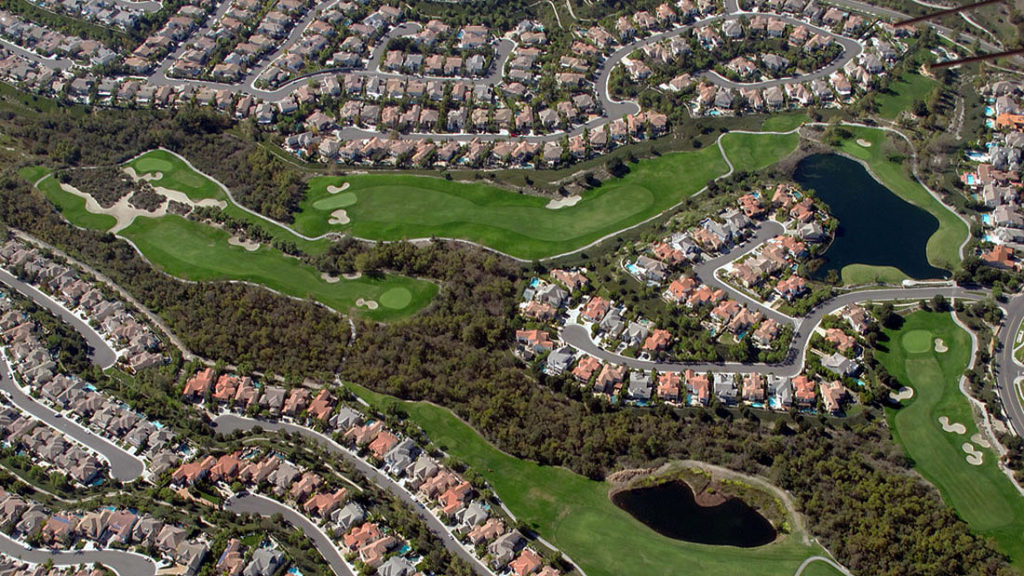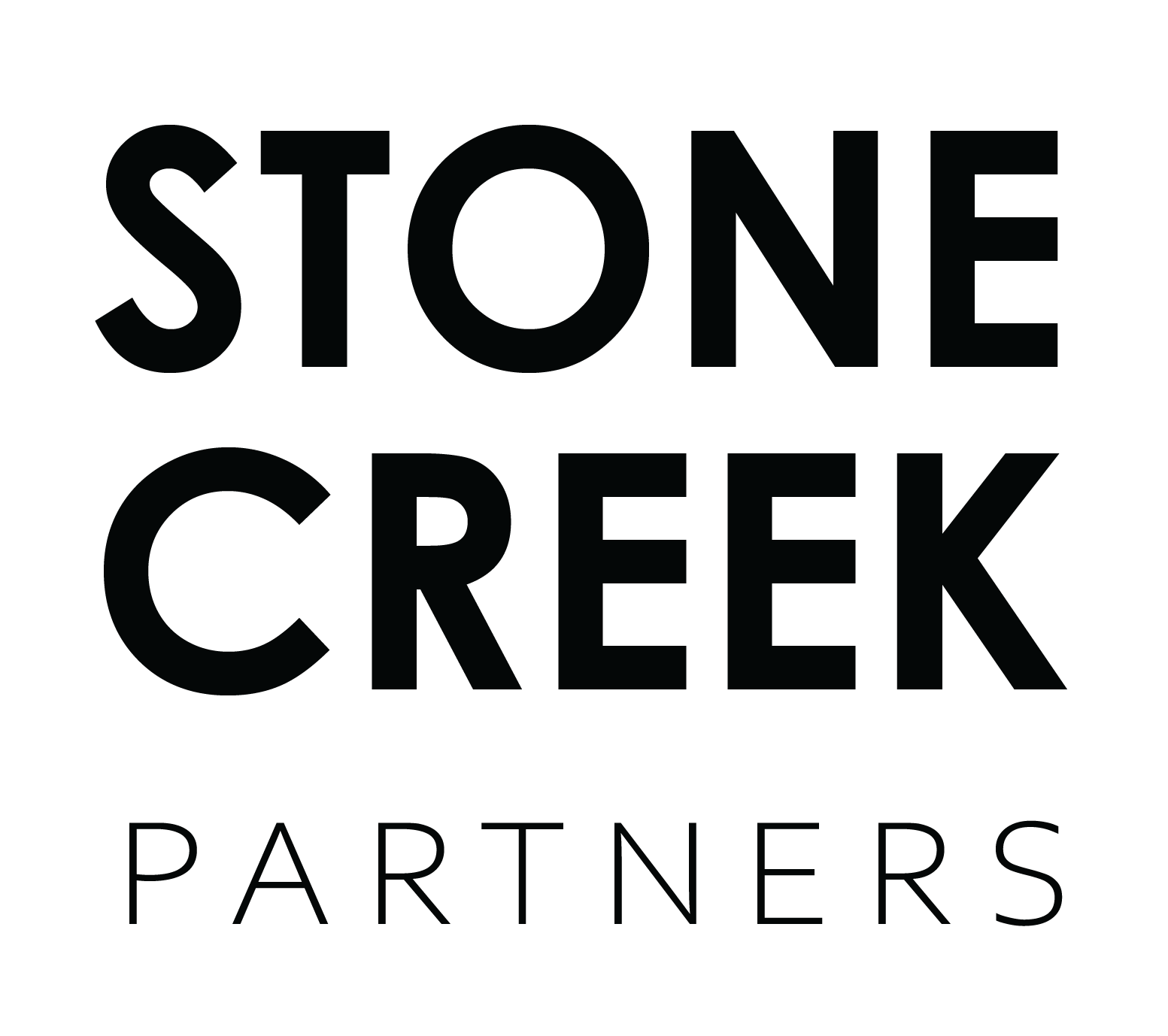All about land planning and development – with this article we highlight areas of the process that are among the “critical success factors” in creating great projects.
Site Selection
For any particular investment objective (whether private- or private-sector), the land for development will have excellent access to infrastructure. As well, the best development site will have excellent access and desirability as perceived by the “end users” envisioned to visit, purchase, rent, or participate in some way at the site location.
Infrastructure (Utilities)
Infrastructure refers to the municipal services required to develop and use the land for its intended purpose. The various infrastructure includes road access, potable water, wastewater (sewer), power (electricity), gas, and the like. Sometimes potable water can be provided from an on-site source such as wells. Similarly, wastewater can be handled on-site at times with package sewer treatment plants.
Storm water engineering is a an interesting subject. Sometimes, depending upon the land use, particular on-site locations may deserve enhanced criteria for drainage. Golf courses and public parks are an example in climates where rain may occur each day. When we developed Falcon’s Fire Golf Club in Orlando, our golf course architect worked with the civil engineer to ensure that after a rain the storm water would percolate quite rapidly. As a result, the golf course earned a reputation, in part, for being the best play to play in Orlando after a rain – since it was likely to playable again more quickly. Just something we recall in writing about land planning and development.
Entitlements and Permits
Land comes with some entitlement to develop and use, as defined in municipal (city or county) zoning, general plan, or specific plan document. Urban growth boundaries of urbanized areas are baked in this zoning scheme.
Basic zoning may have various overlays for growth restrictions, such as the coastal zone in California. In California the coastal zone generally extends inland 1,000 yards from the mean high tide line of the sea, although some some exceptions and special regulations.

Shown here, an aerial portion of a portion of the golf course and surrounding homes at Coto de Caza master-planned community (Orange County, California)
Environmental Impact
While environmental impacts are part of the land entitlements process, the importance of such impacts rise to such a level the subject deserves its own category in talking about land planning and development. Each country, each region, each state and locality, tend to have somewhat varying standards for evaluating environmental impact of projects. Differences from place to place start with the overall guidelines and rule-making, but can very much vary in how such are administered.
Land Planning and Civil Engineering
A helpful way to think about the land development is that is primarily about horizontal improvement of the property – extending streets, water, sewer, power, throughout a property. The construction of on-site product (houses, office buildings, etc.) – the vertical development- will follow once horizontal improvements to the land are in place.
For larger sites with undulating topography, balancing the need to removal soil (cut) with places that require placement of soil (fill) is important. If all the cut and filling can be handled within a project site, it is considered balanced. Achieving this balance is important simply due to cost. Transporting soil either off a site or on to a site can be expensive since trucks are required for such transport and an off-site location is needed for either dumping excess soil or excavating (and blending) soil to bring to the project site.
Construction
Strategic Marketing and Sales
For developers of master-planned communities, once land has been improved and rough graded, the resulting pads are ready for sale to end-builders. A builder pad sale program is among next steps, one of the key elements in a strategic marketing program a land development project.
One key to selling parcels for vertical development is an accurate accounting of infrastructure costs to each parcel to best understand the residual land value of these parcels net of their value in use. The residual land value which takes into account end-builder overhead and profit for selling finished product on the parcel, becomes the basis of sale prices negotiation – land developer to end-builder.
In any consideration of all there is about land planning and development, the critical success factors are: buy right, design right, hold to budget, promote strategically.

